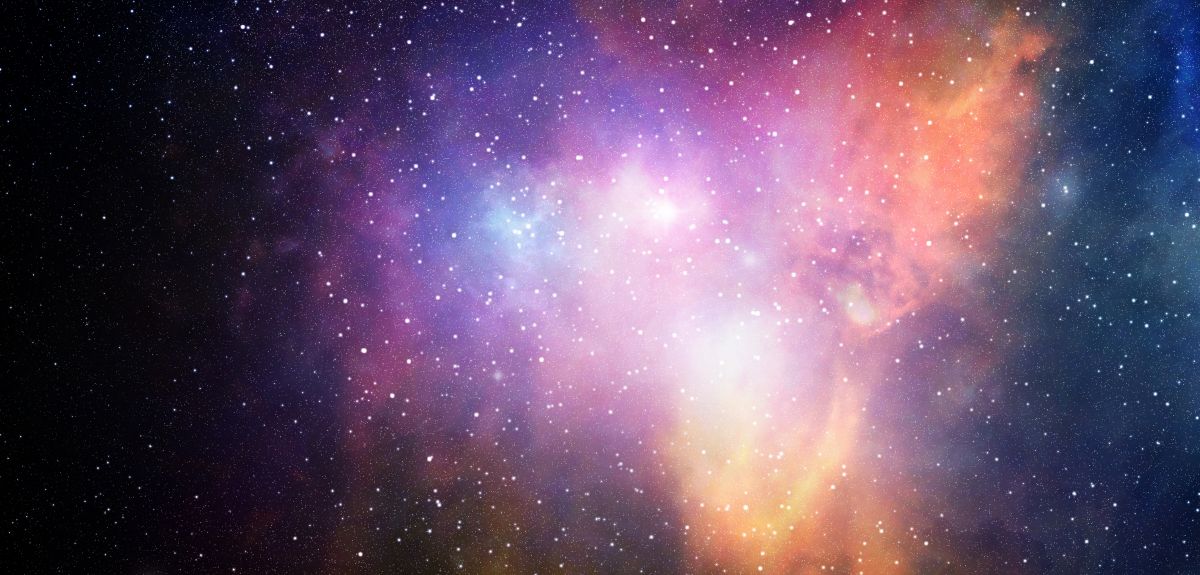
Neutrino facility could change understanding of the universe
The University of Oxford’s Department of Physics will play a pivotal role in a flagship global science facility that could change our understanding of the universe.
The UK is investing £65million in the initiative, which will be based in the United States and could secure Britain’s position as the international research partner of choice.
UK Universities and Science Minister Jo Johnson today signed the agreement with the US Energy Department to invest the sum in the Long-Baseline Neutrino Facility (LBNF) and the Deep Underground Neutrino Experiment (DUNE). DUNE will study the properties of mysterious particles called neutrinos, which could help explain more about how the universe works and why matter exists at all.
The UK’s Science and Technology Facilities Council (STFC) will manage the UK’s investment in the international facility, giving UK scientists and engineers the chance to take a leading role in the management and development of the DUNE far detector and the LBNF beam line and associated PIP-II accelerator development.
The LBNF will be the world’s most intense high-energy neutrino beam. It will fire neutrinos 1300 km from Fermilab in Illinois towards the 70,000 ton DUNE detector at the Sanford Underground Research Facility (SURF) in South Dakota in order to study neutrino oscillations. Once constructed, it will operate for at least 15 years undertaking a broad and exciting science programme.
Professor Ian Shipsey, Head of Particle Physics at Oxford, said: ‘Neutrinos are the second most common particle in the universe and yet today we know more about the recently discovered Higgs particle than we do about neutrinos. Much of what we do know, however, has been painstakingly pieced together over many years in very clever neutrino experiments in which Oxford physicists have played a leading role.
‘I am thrilled that the agreement that has just been signed between the US and UK will enable many UK physicists including my brilliant Oxford colleagues and neutrino experts Professor Giles Barr and Professor Alfons Weber to continue to learn more about neutrinos through participation in what is arguably the most ambitious experiment yet mounted to study them’.
Prof. Alfons Weber, the UK Principal Investigator of the project, said: ‘This is a dream come true. We have been working hard over the last few years to develop the techniques needed to be able to build this experiment. Our partners in the north have concentrated on the readout structures, while we in Oxford have taken the lead in the development of the data acquisition system.
‘We have an excellent team that came up with innovative solutions. These detectors have to be huge as neutrinos interact so rarely. You have to optimise the cost so that we can build the biggest detector possible, but at the same time it has to be sensitive enough to be able to still measure these feeble interactions. I am now organising a design study to specify the near detector, which is an essential tool to characterise the neutrino beam and interactions.’
Prof. Giles Barr has led the data acquisition design group of the international project for the last four years. Under his leadership, the collaboration has developed the concepts to handle the large data set from this 70,000 ton detector. He has overseen the first implementation and tests and is now heavily involved in commissioning the latest full-scale prototype at a test beam at CERN. Commenting on his role in the experiment, he said: ‘It is exciting working with people both locally and internationally who have the expertise and imagination to squeeze the maximum performance out of some very hi-tech, modern electronics components.
‘The detector will generate over a TeraByte of raw data every second for more that 20 years and it is our job to find and keep the parts of the data that show the neutrinos interacting in the detector – “the needle in the haystack'.
The UK research community is already a major contributor to the DUNE collaboration, with 14 UK universities and two STFC laboratories providing essential expertise and components to the experiment and facility. This ranges from the high-power neutrino production target, the readout planes and data acquisitions systems to the reconstruction software.
One aspect DUNE scientists will look for is the differences in behaviour between neutrinos and their antimatter counterparts, antineutrinos, which could give us clues as to why we live in a matter-dominated universe – in other words, why we are all here, instead of having been annihilated just after the Big Bang. DUNE will also watch for neutrinos produced when a star explodes, which could reveal the formation of neutron stars and black holes, and will investigate whether protons live forever or eventually decay, bringing us closer to fulfilling Einstein’s dream of a grand unified theory.
The DUNE experiment will attract students and young scientists from around the world, helping to foster the next generation of leaders in the field and to maintain the highly skilled scientific workforce worldwide.
 Study shows plants are more likely to be ‘eavesdroppers’ than altruists when tapping into underground networks
Study shows plants are more likely to be ‘eavesdroppers’ than altruists when tapping into underground networks
 Former UK Prime Minister Rishi Sunak to join Blavatnik School of Government’s World Leaders Circle
Former UK Prime Minister Rishi Sunak to join Blavatnik School of Government’s World Leaders Circle
 Oxford researchers advocate for comprehensive framework to study AI's impact on youth mental health
Oxford researchers advocate for comprehensive framework to study AI's impact on youth mental health
 New Sutton Hoo research links Anglo-Saxons to Byzantine military campaigns in Syria
New Sutton Hoo research links Anglo-Saxons to Byzantine military campaigns in Syria
 Wellcome Discovery Award of £5m to fund pioneering research to combat deadly diarrhoea
Wellcome Discovery Award of £5m to fund pioneering research to combat deadly diarrhoea